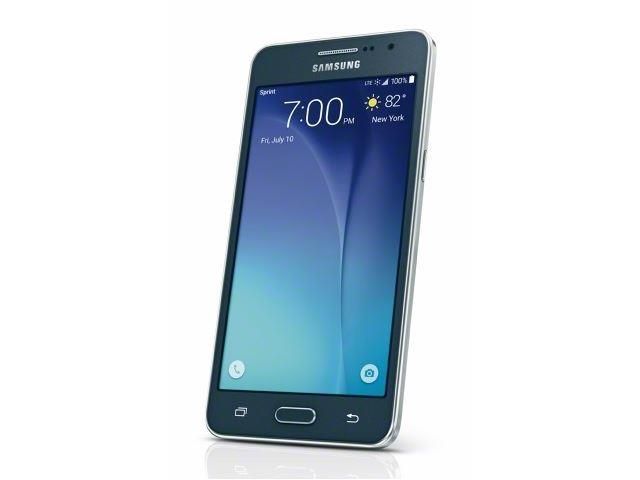
Bellevue, Wash. – T-Mobile launched an advanced messaging service based on Rich Communications Services (RCS) technology, which delivers messaging capabilities previously available only with third-party apps.
The carrier is alone among U.S. carriers in offering the technology, which it calls T-Mobile Advanced Messaging. It’s part of the IP-based Voice over LTE (VoLTE) standard.
The service is available on the new Samsung Galaxy Grand Prime, available today at $189.99 or $0 down with 23 monthly payments of $7.92 with a $7.83 for the 24th month. Owners of the Galaxy S5 and S6 will get the capability next via a software update. Almost a dozen more devices will come this year with Advanced Messaging, and the carrier said it expects the services to become a standard feature on new smartphones.
“For over a decade,” said CTO Neville Ray, “while consumer tech companies like Facebook, Skype and Snapchat have been rolling out cool new messaging features and functions, U.S. wireless operators have made virtually zero advances in the messaging tech that comes built into most phones.” Consumers wanting to send large video files or engage in a real-time text chat, for example, “likely had to hunt down proprietary messaging apps and recruit family and friends to get on board with them,” he said.
With T-Mobile Advanced Messaging, consumers “won’t need to search out, download, install, setup and register an extra app” to engage is such messaging activities as “near real-time chat,” being able to see what others are typing, getting notified that a message has been read, and sharing high-res photos and videos up to 10MB as if sending a regular text message, he said.
T-Mobile Advanced Messaging is designed to work across all phones, operating systems, and carrier networks, he added.
Advanced Messaging is one of many new features that T-Mobile said it would launch based on RCS.
Although T-Mobile isn’t the first carrier to launch RCS, it is the only U.S. carrier currently offering it. In late 2012, MetroPCS became the first carrier in the world to roll out RCS. T-Mobile, however, later shut down MetroPCS’s CDMA/LTE network to migrate MetroPCS customers to its GSM/LTE network.
When it launched Joyn, MetroPCS delivered such features as simultaneous voice and multimedia messaging. At the time, the carrier described Joyn as integrating basic voice and messaging in a unified way with such services as instant messaging, Wi-Fi calling, video calling and content sharing.
With integrated video calling over LTE, users did not need a separate video-chat application such as Skype or a separate contact list, a spokesman said at the time. RCS identified contacts in the phone’s contact list that can accept and participate in a video call and presented that as an option to communicate.
RCS also enabled sharing of video, images and files while a user was on a call or while engaged in instant messaging or chat sessions.
Using Joyn’s contact presence feature, users could see how individual contacts can be reached and which multimedia capabilities — such as chat or video calling — the contact has enabled. Presence detected whether a person’s phone was on, if the person was in a meeting based on their calendar status, or if the person had set a status showing they were willing to accept incoming communications.













